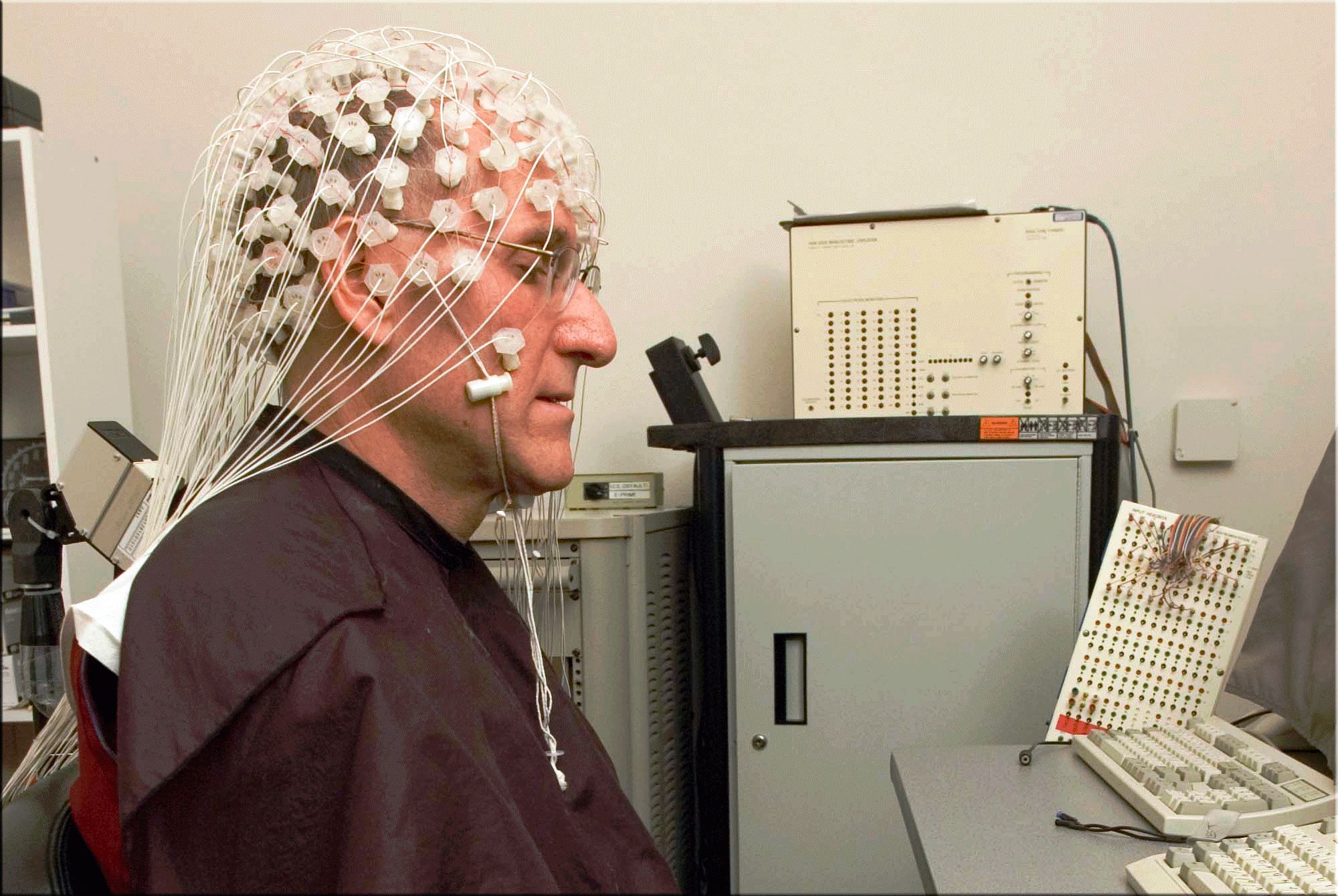
Bethany Roberts, FISM News
[elfsight_social_share_buttons id=”1″]
A first-of-its-kind study shows that delivering information that is in sync with the brain’s natural rhythm can accelerate learning in adults.
The study, published in Cerebral Cortex, is part of the Centre for Lifelong Learning and Individualised Cognition. Cambridge and Nanyang Technological University, Singapore will thoroughly explore the application of the findings in the coming months.
Tapping into an individual’s unique brainwave cycle before they undertake a cognitive task can dramatically boost the speed at which that person’s skills improve. The University of Cambridge researchers say this discovery can help people retain “neuroplasticity” later in life as well as enhance lifelong learning.
The research team says calibrating the rates of information delivery to match our brains’ natural neural pulses increases our capacity to retain and apply new information.
“Each brain has its own natural rhythm, generated by the oscillation of neurons working together,” said Prof Zoe Kourtzi, senior author of the study from Cambridge’s Department of Psychology. “We simulated these fluctuations, so the brain is in tune with itself — and in the best state to flourish.”
“Our brain’s plasticity is the ability to restructure and learn new things, continually building on previous patterns of neuronal interactions. By harnessing brainwave rhythms, it may be possible to enhance flexible learning across the lifespan, from infancy to older adulthood,” Kourtzi said.
The team of neuroscientists used a visual flicker paradigm to “entrain” individuals at their peak alpha frequency. They measured this brain rhythm using electroencephalography (EEG) sensors attached to the subject’s head. This method measures electrical activity within the brain.
FINDING THE PEAK FREQUENCY
Mid-range brain waves, known as alpha waves, tend to dominate when people are awake and relaxed. They oscillate between eight to 13 hertz and go through a full cycle every 85-125 milliseconds. However, everyone has a unique peak alpha frequency within that range.
The visual flicker paradigm consisted of a white square flickering on a dark background at the same rhythm as each individual’s alpha wave. This paradigm made a type of optical “pulse.” A 1.5-second pulse was administered to each participant, which set the person’s brain to work at its natural tempo — this method is called “entrainment.”
The participants were presented with a rapid-fire cognitive task of trying to identify specific shapes within a mass of visual clutter right after the pulses. Participants received different pulses, some on the trough of their waves, some at the peak, and some at random times or at the wrong rate.
Each participant repeated over 800 variations of the task, which allowed the neuroscientists to measure how quickly the participants improved and at what rate the pulse worked the best. The rate of improvement for those who had the right rhythm was at least three times greater than all other groups.
The participants returned the following day to complete another round of cognitive tests. This round of testing showed that those who had improved greater the previous day also maintained their higher performance levels.
“The intervention itself is very simple, just a brief flicker on a screen, but when we hit the right frequency plus the right phase alignment, it seems to have a strong and lasting effect,” said first author Dr. Elizabeth Michael.
Previous research from the University of Cambridge’s Baby-LINC lab shows that the brainwaves of mothers and babies synchronize when they communicate. Co-author Victoria Leong, who works in the Department of Pediatrics, believes the technique behind entrainment imitates the way we learn as babies, which is why it is so effective.
“We are tapping into a mechanism that allows our brain to align to temporal stimuli in our environment, especially communicative cues like speech, gaze, and gesture that are naturally exchanged during interactions between parents and babies,” said Leong.
“When adults speak to young children they adopt child-directed speech — a slow and exaggerated form of speaking. This study suggests that child-directed speech may be a spontaneous way of rate-matching and entraining the slower brainwaves of children to support learning.”
The researchers say that these methods will likely fall under “domain general.” This means they can apply to a wide range of situations and learning styles. With this development in the field of neurology, the potential applications for brainwave entrainment are increasingly achievable.
The researchers hope that the boost in learning they saw can one day be used in fields where fast learning is required, such as surgery.
“Virtual reality simulations are now an effective part of training in many professions,” said Kourtzi. “Implementing pulses that sync with brainwaves in these virtual environments could give new learners an edge or help those retraining later in life.”
